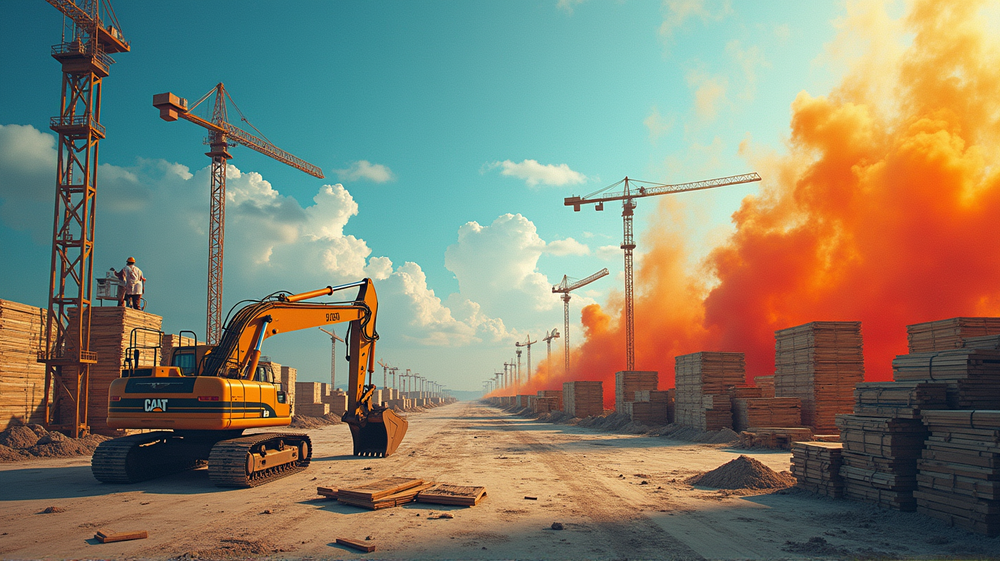The world of construction is seeing an unprecedented shift as framing lumber prices play a pivotal role in reshaping the landscape. While many folks attribute these changes to the pandemic’s ripple effects, there’s much more to the story. Let’s explore the dynamic factors influencing lumber prices and what this means for the future of construction.
Historical Fluctuations and the Surge of 2020
Framing lumber prices have always been subject to the ebb and flow of supply and demand. However, the surge in 2020 was unlike any other. With a staggering 300% increase in price, builders found themselves grappling with cost overruns never seen before. This surge can be attributed to a mix of supply chain disruptions and an unexpected spike in home renovation projects as people reimagined their living spaces during lockdowns. According to National Association of Home Builders, these fluctuations highlight the volatility within the market.
Factors Driving the Frenzy
Several key factors are at play when it comes to framing lumber pricing. Firstly, the supply chain bottleneck has restricted the flow of materials from mills to markets. Secondly, environmental regulations and logging restrictions have had their part in contracting the available supply. The construction industry’s insatiable demand continues to apply pressure, forcing prices higher as the gap between supply and need widens. Not to be overlooked, the international shipping crunch has further compounded these issues, leaving many to wonder how long the situation will persist.
The Rebound: A Case of Market Resilience
While prices skyrocketed in 2020, recent trends indicate a gradual stabilization. Industry experts predict that as supply chains mend and production ramps up, we may witness a rebalancing of prices. This resilience has injected optimism into the industry, promising a more predictable and sustainable future. Builders and developers are keenly watching these developments, poised to strategize their next moves. As stated in National Association of Home Builders, the market’s ability to bounce back is a testament to its inherent adaptability.
Strategic Adaptations and Innovations
Builders have not been complacent in the face of these challenges. Many have turned to innovative building materials and techniques to mitigate the impact of soaring lumber costs. Prefabricated modules and engineered lumber are gaining traction, offering efficiency without compromising structural integrity. This shift reflects a broader adaptability and willingness to evolve, ensuring the industry remains ever forward-looking.
The Ripple Effect on Green Construction
One silver lining amidst the chaos is the increased attention to sustainability. Higher lumber prices have sparked discussions about alternative materials, spurring investment in green building technologies. The industry is gradually transitioning to eco-friendly solutions, which not only align with environmental goals but also cater to the evolving preferences of a more conscious consumer base. This burgeoning trend may well be the silver bullet that helps to solve the dual challenges of cost and climate.
Conclusion: Glimpse into the Future
The story of framing lumber prices serves as a compelling narrative of resilience and innovation. As the market recalibrates, the lessons learned will undoubtedly influence future strategies in construction. This narrative offers hope and direction, paving the way for a construction revolution that aligns economic viability with environmental stewardship. Builders, developers, and industry stakeholders are all watching closely as they navigate this brave new world, one building block or framing lumber at a time.













